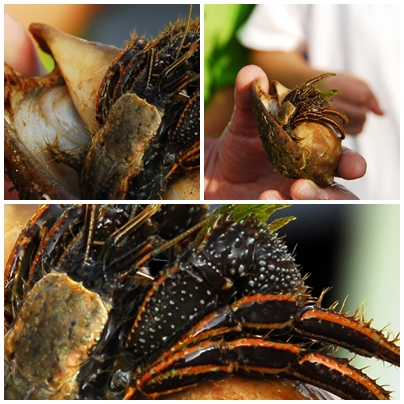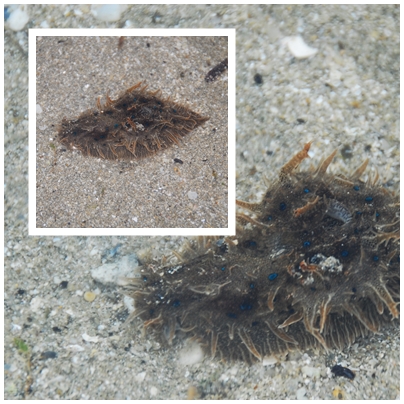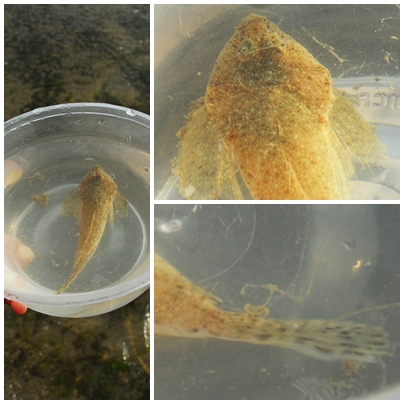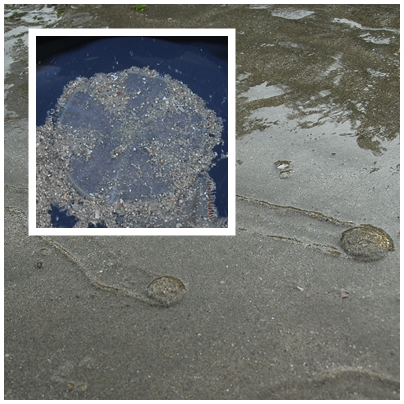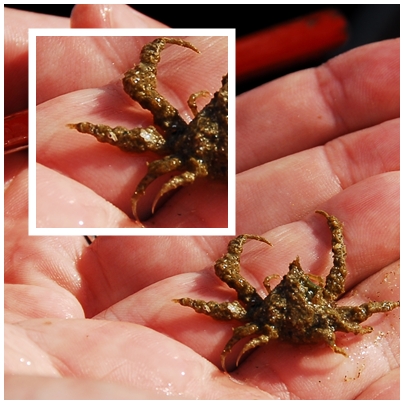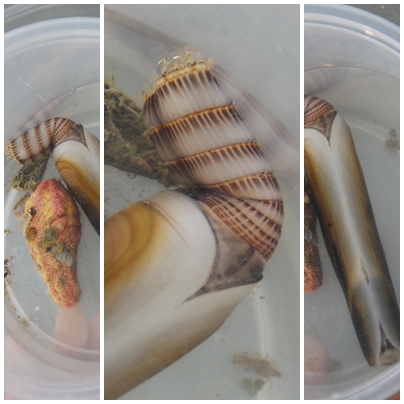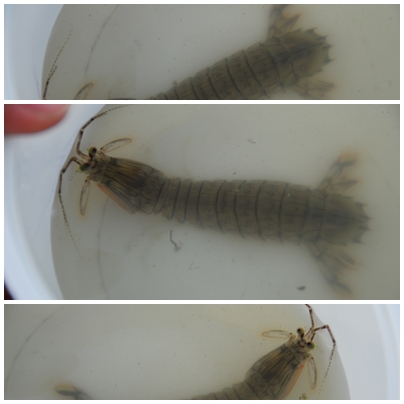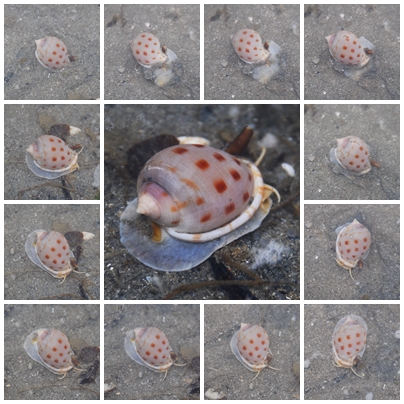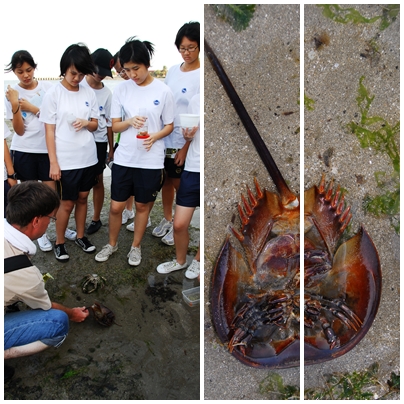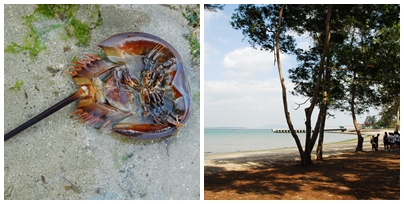So you know I’m at Toronto studying the environment and its systems, as well as doing a bit of anthropology and economics studies on the side. We did a summer field course before officially starting the school year, and the following will be some posts on the field trips we had and issues we covered.
The course was held at Koffler’s Scientific Reserve at Joker’s Hill, a 348 ha reserve that contains the largest site of old growth forest found in the whole of Oak Ridges Moraine. It is owned by the University of Toronto, and also recognised as both an Earth Science and Life Science Area of Natural Scientific Interest – a designation that acknowledges the exceptional quality of the forest at Joker’s Hill.
In the first week we did projects (small group projects on a topic we choose from a list of given topics, and a large group project analysing a dataset together). The second week however, was full of field trips and discussions. We went to Dufferin Marsh Conservation Area with Mary Asselstine leading the lecture about issues and concerns of the DMCA and troubles she has had to deal with.
AND WE GOT TO SIT ON A MAGIC SCHOOL BUS!! (:
Just about half and hour’s ride from KSR, DMCA is an area almost completely surrounded by residential and commercial development, the 5 ha plot of marsh/swamp land has had to deal with un-cooperative developers and municipals alongside handling and involving the community in conservation and action.
Something I always brought back from class with Prof Peter Ng and Sivasothi was to ‘choose your battles’ carefully (in conservation class), and now it was reiterated here by Mary. With all the problems that have surfaced and all the problems dealing with these problems, hearing about them continuously from Mary for a few hours would just make you either cry or shake your head in disbelief and frustration. Here’s a short list:
With too many agencies employing regulations on one area with no clear jurisdiction, it takes a long, long time (and many tiring communications) to do one thing. It is inefficient, ineffective, and it does not help the community in both humans and animals/plants.
And then there’s the problem of invasives: on one hand you have the Purple Loose Strife (a wetland invasive from europe), and on the other you have hybrid Cattails that are rampaging all over the wetland, causing problems with water flow and nutrient trapping. but wait, the story’s not over, because you also have the Phragmitis (Reed) from europe taking over wetland edges and growing extra fast.
Sometimes action plans work. Mary spoke about how she would have a dedicated team of volunteers from the Village of Schomberg who would gather every other year to clear out the Purple Loose Strife, and who have the ability to because they are trained (by Mary’s team). Successful storm water management ponds built also successfully treated urban runoff and kept out the geese (by sheer mechanical imagination: ropes built across the pond kept the geese from flying in).
But even with all these successes, there are things to note: animals that live in habitats that require more than one area (e.g. treefrogs need the forest AND the pond to live and breed in); pests that come with urban development (rats, raccoons, feral cats) prey off smaller animals in the communities that are not used to having them around; how do you get the municipals and township on your side; how do you involve the community, and, is it significant to conserve a 5 ha area – or would it just end up as a biological city? The bottom line is, is it worth it?
Trees are dying because of raised water levels that are a result of so many factors, and solutions are stopped dead in their tracks because of regulations placed by agencies that do not claim to then have jurisdiction over the area – but if you do something against regulation you will get prosecuted – what can be done, really? It’s such a tough fight, and it reminds me of Bukit Timah Nature Reserve in Singapore so much.
It was really inspiring to hear of Mary’s fight (continued, fight) to carry on, and I hope people out there somewhere continue as well. You never know who you touch out there, a child in the crowd, that may become the next mayor, political activist, politician, engineer, who may then have the capability of influencing the environment effectively and in a positive way.
It’s a long road ahead, and a hard fight. keep going, activists.



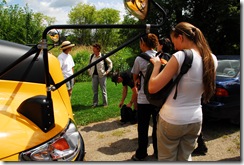





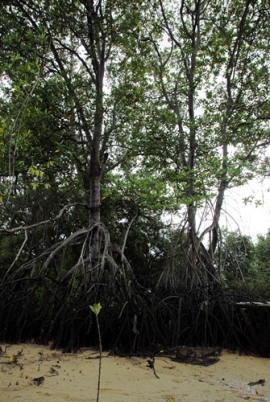
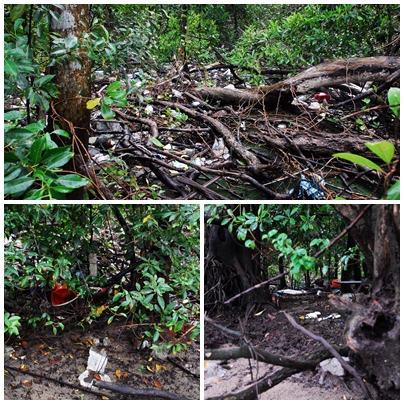
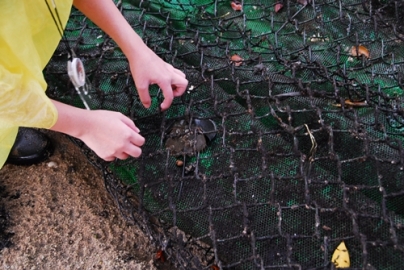
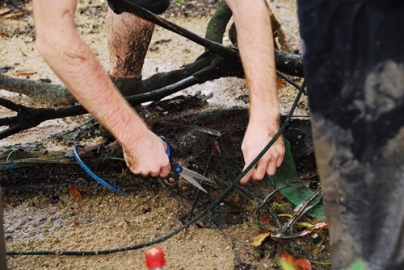
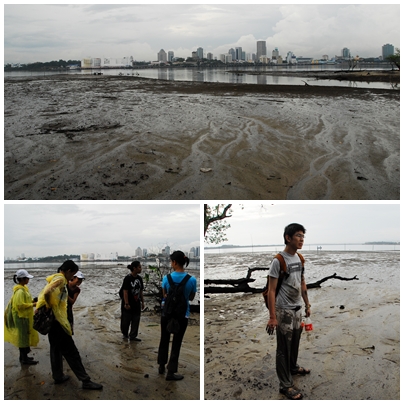
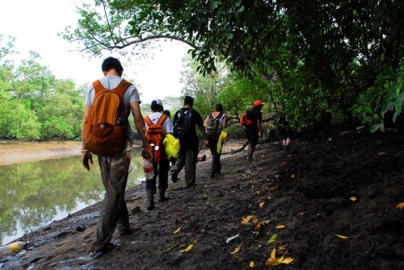
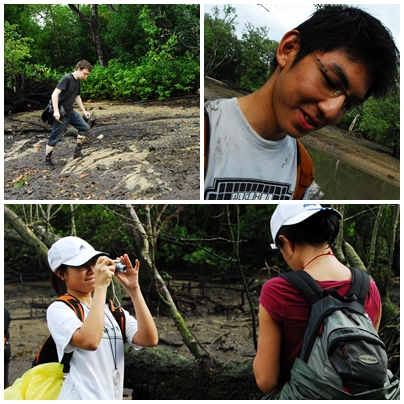
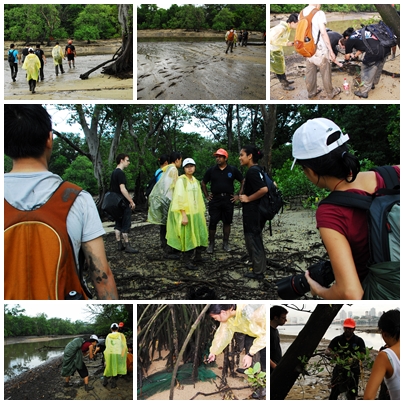
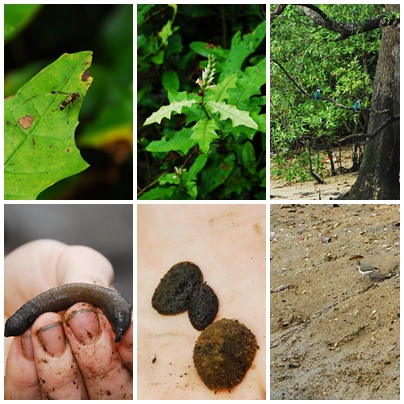
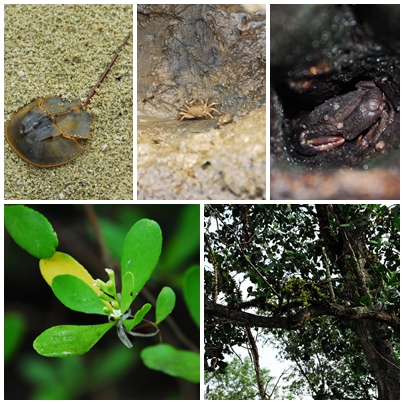
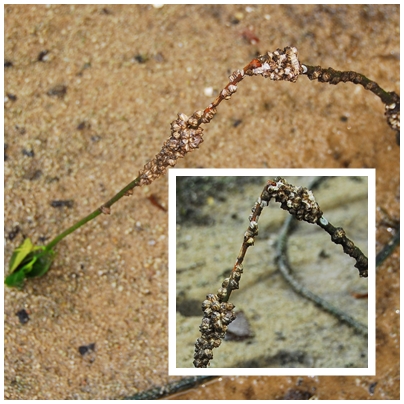
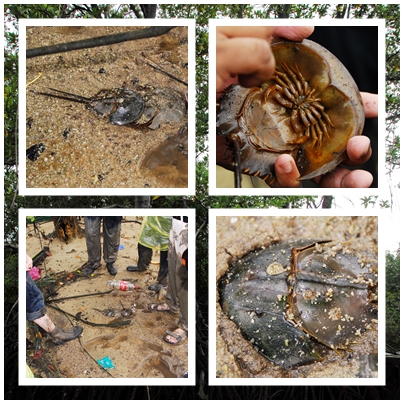
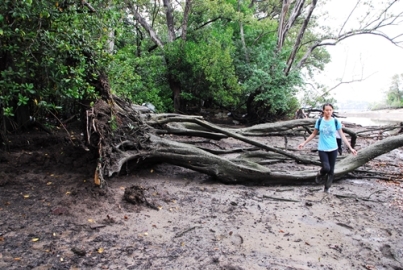
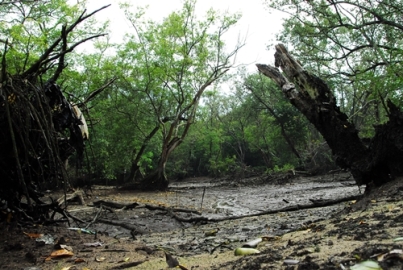
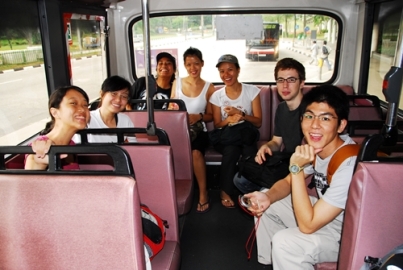
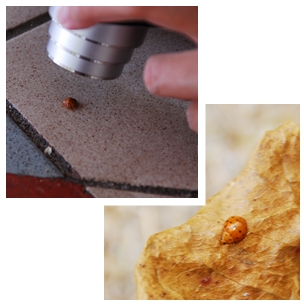
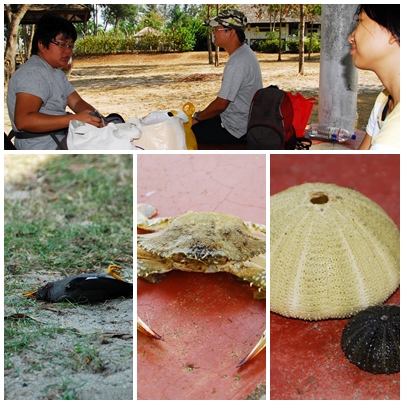
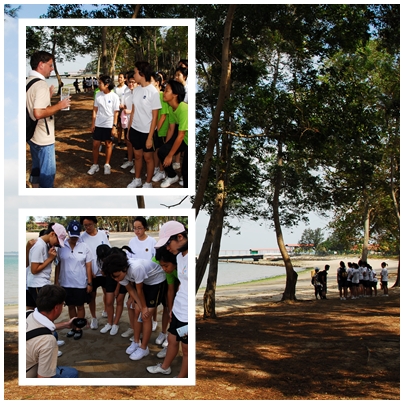 Then the MGS girls arrived for their two hour workshop. Here’s a picture of Robert with his group – the Knobbly Seastars! A quick safety brief and off we went to the intertidal area!
Then the MGS girls arrived for their two hour workshop. Here’s a picture of Robert with his group – the Knobbly Seastars! A quick safety brief and off we went to the intertidal area!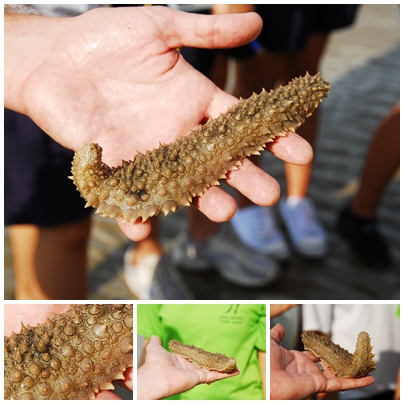 Sea Cucumber, unknown. This little critter was completely buried in the sand, and even without close inspection you can see the many thorn-like structures on its skin! Colour is drab brown to blend in with the sand where it usually lives.
Sea Cucumber, unknown. This little critter was completely buried in the sand, and even without close inspection you can see the many thorn-like structures on its skin! Colour is drab brown to blend in with the sand where it usually lives.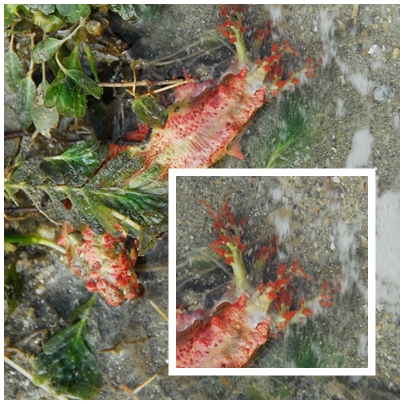 Thorny Sea Cucumber (
Thorny Sea Cucumber (